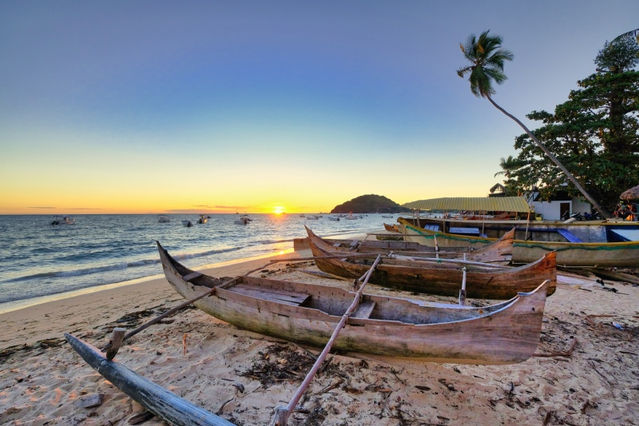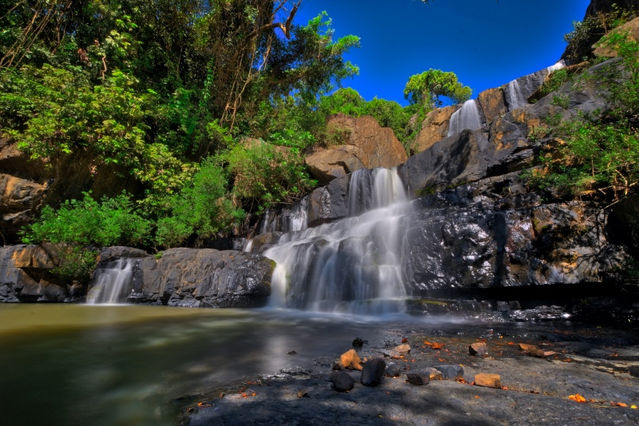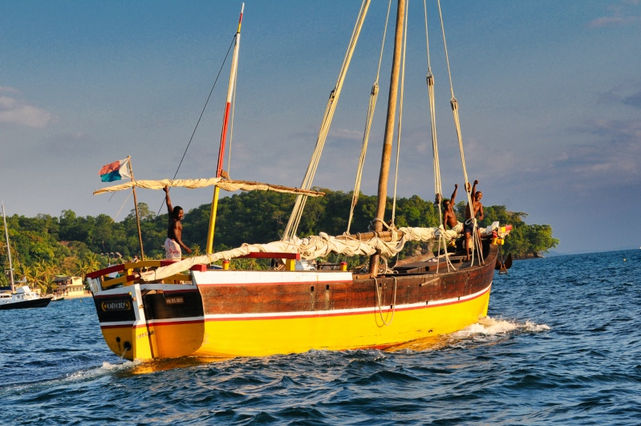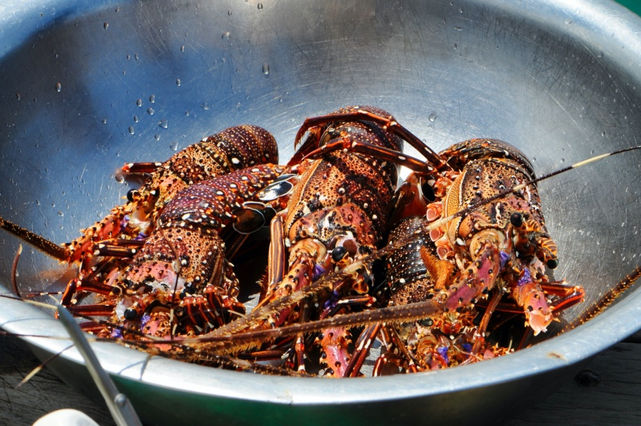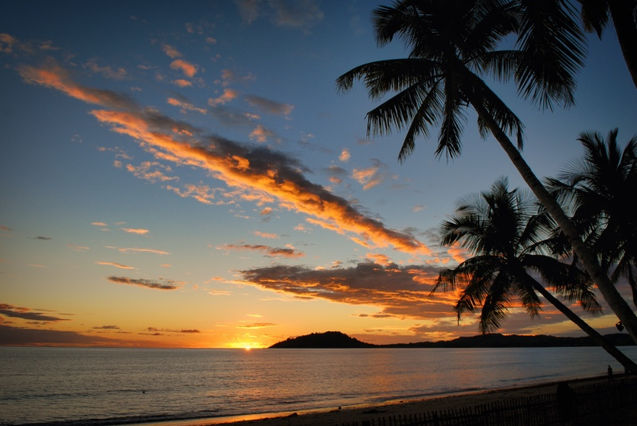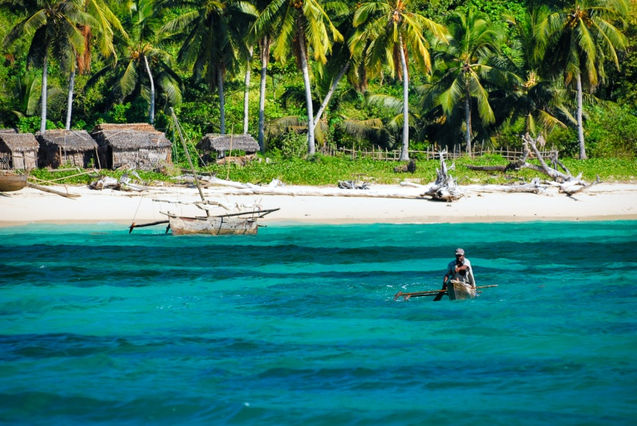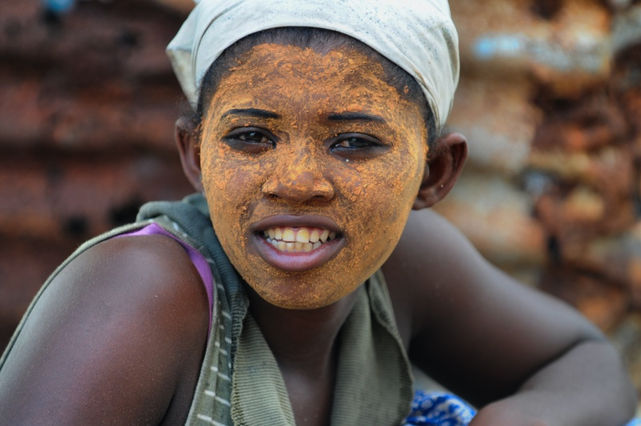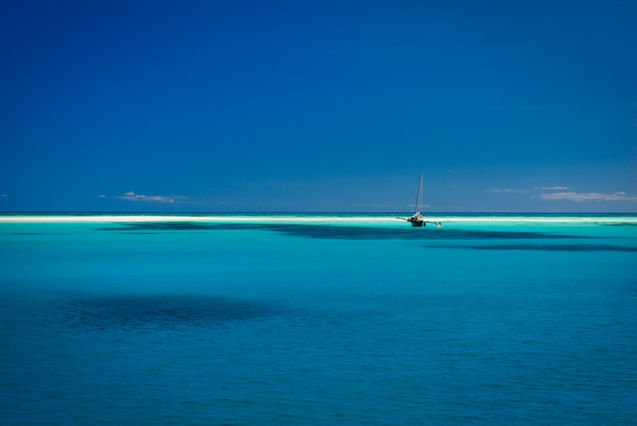Cap Doré Madagascar Nosy B
Projet immobilier sécurisé
Welcome to Nosy Be
Nosy-Be is an island of 321 km² located on the North West coast of Madagascar. Paradise island, rich in flora and fauna. Promised land of divers with an immense forest of coral reefs, it is the tourist showcase of Madagascar, a dream destination that is home to many white sand beaches.
Surrounded by superb small islands, Nosy-Be is a land of unrivaled dreams and adventures. Economic activity there is increasingly geared towards the tourism sector, which is progressing at a positive speed thanks, among other things, to the opening up of its skies to the regional and international scale. Air Madagascar, Corsairfly, Air Austral, are airlines that connect Nosy Be directly from France and Europe.
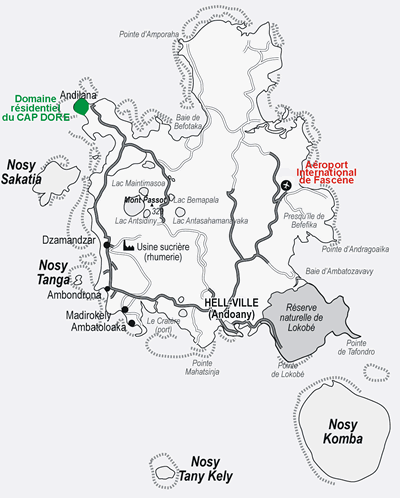
In addition to its beautiful coral sand beaches, Nosy-Be offers many attractive sites consisting in particular of hilly terrain, a very jagged coast bordered by abundant tropical vegetation and small crater lakes.
Its favorable geographical position (west of Grande Terre which protects it from the trade winds) allows quiet navigation throughout the perimeter throughout the year.
Andilana
Located northwest of Nosy Be, Andilana Bay is a beautiful haven of peace that contrasts with the bustle of the west of the island. The unspoiled nature and the neighboring villages give an authentic character to this region. It is not surprising that several residential projects have sprung up there.
The site on which the Cap Doré project is integrated is located on the western slope of Andilana Bay. Due to its topology, the Cap Doré site offers various points of view over the whole island, the mainland (Madagascar), the Mistsoa or Radama archipelago or the deep blue ocean...


History
If the history of Nosy Be is so rich, it is probably due to its particular geography that it owes it. Located at one end of the monsoon current, a veritable sea route to India and Asia, the configuration of Ampasindava bay makes it one of the safest anchorages in the Indian Ocean, sheltered trade winds and cyclones.
The Nosy Be region was therefore naturally predisposed to be a zone of contact between civilizations, religions, cultures, trade flows and trafficking of all kinds, including slavery. It was only a strategic error by General Gallieni in 1896 that Ambavatoby Bay did not become the major port in northern Madagascar, the construction of Diego-Suarez having already started at the time of the annexation of the rest of Madagascar.
Thus the Arab sailors were the first foreigners to appear in the region, around the year 800. They created the fortified city of Mahilaka around 900, the Mamoko trading post around 1400, the village of Ambanoro around 1500, as well as the Ambatoloaka counter, with the Portuguese. From 1700, they were supplanted by the Indians in Ambanoro.
In 1830, Nosy Be had 200 Antakarana inhabitants. They were joined in 1837 by Tsiomeko, Queen of the Sakalava, and her 12,000 warriors, chased by the Merina on Grande-Terre, after the repeated defeats of his great-uncle, King Andriantsoly, in front of Mahajanga in 1824 and in Anorotsangana in 1831. Sent by Admiral de Hell, Governor of Bourbon, Captain Passot arrived in Nosy Be in 1839, in search of a good port for French warships. A protectorate treaty was signed on July 14, 1840. During the following 56 years, the bay of Ampasindava will be the border between France and Madagascar. Queen Binao supports the French during their wars of 1884 and 1895 against the Merina.
At the end of 1904, beginning of 1905, a squadron of the Russian imperial fleet, in transit from Saint Petersburg to Port-Arhur, stopped over in Ambavatoby bay, before being destroyed by the Japanese at Tsushima on May 27, 1905. Si gold jewelry is reserved for members of the royal family, silver bracelets, on the other hand, are very common. They are cast from ancient 5 Franc silver coins and are charged with beneficial powers in a ritual ceremony. Some of the silver coins offered to the king as a thank-you are used to make chains 3-4 meters in length, used to close the coffins of the princes.
In the past, the Sakalava used to put their precious objects in an urn of cut stone. She was then buried near the hut, to keep the valuables safe from neighboring looters or pirates, such was the insecurity of that time.
Manual skill holds a preponderant place in Nosybean craftsmanship. Carpenters build canoes based on memory and experience alone, as do tablecloth embroiderers. The processing of wood and coconuts gives amazing end products.
Every year for 16 years, Nosy Be has been living to the frenzied rhythm of the Donia festival. After the traditional opening carnival, Malagasy artists, but also those from all over the Indian Ocean, follow one another on stage. Salegy and Sega got the crowd going all night long.
As in the rest of Madagascar, the foundation of the Sakalava culture is the cult of the Ancestors. The Mpanjaka (reigning princes) hold a prominent place in this cult, since once they are deceased and buried in a royal tomb, they continue to influence the world of the living by being consulted during rutual ceremonies.
